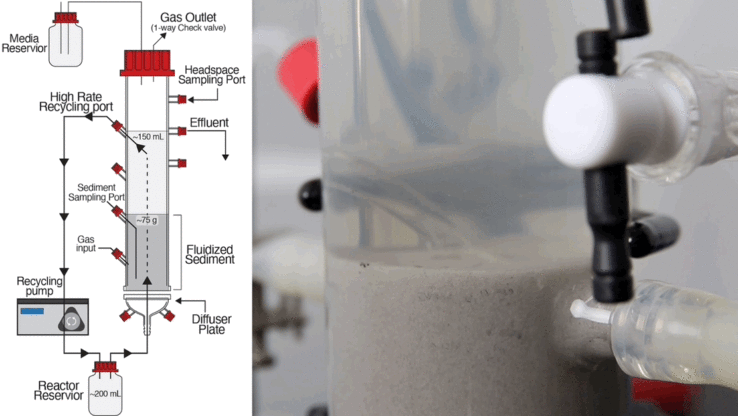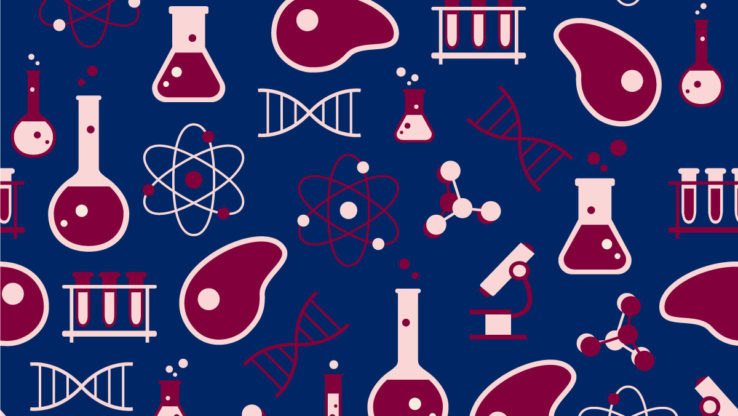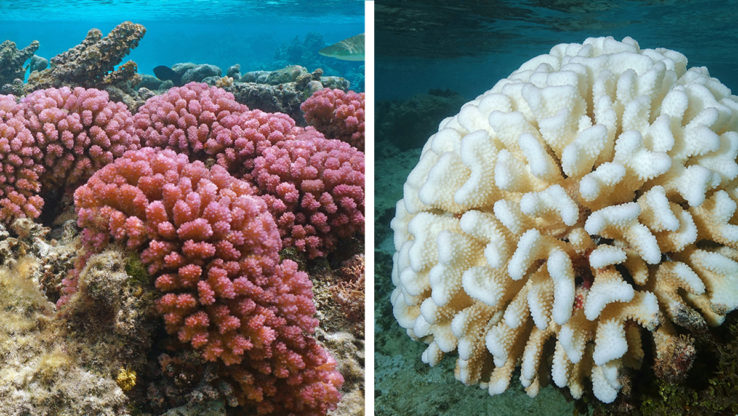Oceans contain innumerable species of diatom microbes that are responsible for half of the Earth’s oxygen production, as well as CO2 removal, a critical exchange in the web of life. The current understanding of these single-celled organisms is limited. But researchers at the Institute for Systems Biology (ISB) and the University of Washington have made a discovery that offers new insight about the daily life cycle of the diatom, which may lead to a better understanding of ocean health in response to ocean acidification and climate change, and potential applications for biofuel production.
The research, lead by ISB’s Monica Orellana and published on April 17 in the journal PNAS, has resulted in a comprehensive model of diatom physiology. Because so little is known about the diatom genome, there is a great demand for better characterization of the more than 10,000 protein-coding genes found in a diatom. ISB developed new tools that enable the profiling of every gene in the diatom’s genome during its daily activities and the ability to identify the genetic switches that control response to day/night cycles, nutrient uptake, and energy production. Surprisingly, the researchers discovered a biological clock that anticipates dawn by activating photosynthesis genes; quite a feat for a tiny creature. Using the systems approach, researchers were able to identify genes associated with many such cell processes in order to create a model that can be used to interpret field data and provide ocean biomarkers for the state and health of ocean ecosystems.
The diatom used in the promotional banner are courtesy of Karie Holtermann of Red Sea Research Center.



 isbscience.org/research/discovery-of-microbial-biological-clock-may-shed-light-on-ocean-health/
isbscience.org/research/discovery-of-microbial-biological-clock-may-shed-light-on-ocean-health/





